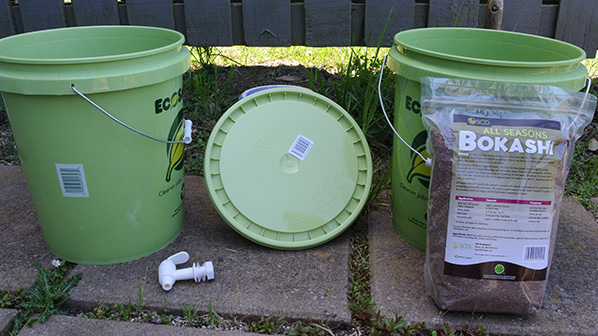
I live in San Francisco, where every business and every landlord is mandated to provide compost bins. The city picks it up — some 400 tons per day — and takes it to an industrial-scale composting facility. But this year, I’m starting a garden, and I want my own compost to go with it, so San Francisco will have to do without my few ounces of scraps. Still, I can’t have a rotting pile of food refuse sitting on my patio. Enter bokashi compost.
An airless, anaerobic compost system, bokashi takes advantage of “effective microorganisms” to break down food waste faster — on the scale of weeks rather than years. It’s a fermentation process, which doesn’t smell (as much) and doesn’t use up nitrogen, so that nutrient sticks around for your plants to eat.
And it’s easy. There are plenty of kits available, and you can even simply throw your refuse in a bucket with some bokashi mix, but I like the two-bucket method. It’s nearly as easy, and kind of fun to build.














